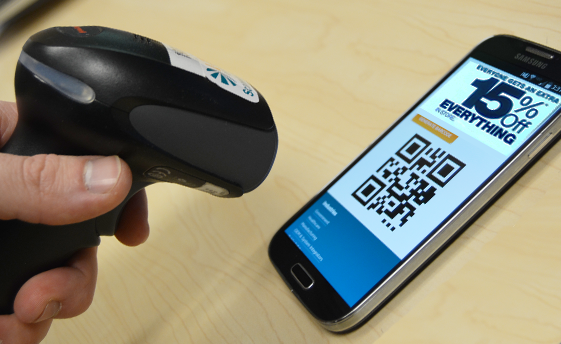Cash is becoming obsolete. It’s cumbersome.
And when you can pay for something as small as a pack of gum by waving your phone or card at a machine, why bother weighing yourself down with something as “old-news” as dollar bills and coins?
Consumers are in a never-ending search for the next cool thing that will make life’s simplest tasks even simpler.
Mobile payments represent the new wave of money on the move.
Digital wallets, peer-to-peer payments, mobile POS, and loyalty apps that enable cashless transactions have gained greater traction since 2015.
The Mobile Ecosystem Forum released the 2015 Global Mobile Money report, which surveyed 15,000 mobile users in 15 countries. 69% completed a banking transaction (with 28% checking their balances) via a mobile device. eMarketer forecasts the dollar volume of mobile transactions in 2016 to grow 210% over last year. U.S. mobile users averaged $376 in smartphone transactions in 2015, totaling $8.71 billion. In 2016, the average annual mobile spend is anticipated to almost double, to $721.47 per user. The total value of mobile payment transactions in the U.S. is expected to hit $27.05 billion by the end of 2016, as more consumers embrace (and flex) their money mobility power. McKinsey projects mobile payment to comprise 43% of the total banking services revenue in 2018.
Look at some of your options:
- PayPal paved the way for online payment and sending money peer-to-peer. The site currently hosts 179 million accounts, in 100 currencies and 203 markets—processing $1.185 billion in annual payments via mobile devices.
- Apple Pay started the “proximity payment” method for smartphone users. Using near field communications (NFC), the purchase is made by waving the app’s screen at a reader to make the payment. Samsung Pay and Android Pay followed soon after.
- Google Wallet lets users send and receive money through Google’s email channel, Gmail.
- Facebook Messenger enables Facebook’s massive user population (currently more than 1.04 billion worldwide) to send money, with plans to expand the app to a complete mobile wallet.
- Square enables anyone to accept credit cards by inserting a small mobile reader into a mobile device’s earphone jack.
Everything from paying for a restaurant bill (Cover, OpenTable, Dash, TabbedOut) to crowdfunding can be done on a mobile device.
Starbucks jumped into the mobile payment market by launching its own payment app. The company processes eight million mobile transactions weekly, from 16 million coffee fanatics who earn loyalty points while also paying for their cherished java jolts.
The biggest issue that faces mobile payments isn’t the technology, per se, but the security concerns voiced by consumers and retailers alike. With the fear of identity theft and credit card fraud still rampant, many people are hesitant to become full-fledged fans of making financial transactions via a mobile device.
The risk of a lost or stolen mobile device, and hacking via malware or public Wi-Fi, are still top of the mind for businesses and individuals.
The future of mobile payments may include digital currencies, like bitcoins.
We will see emerging technologies become more refined, like biometrics—retinal scans, voice authentication, facial recognition, and even your heartbeat. The FDA approved a microchip that can be implanted under the skin. Although not in use in the United States, a Swedish company implanted its employees’ hands as a means of access control. Learn more about human microchipping here.
Here in the United States, the concept of the digital wallet has become more common among Millennials, but the widespread use hasn’t actualized…yet. Where do you stand on the idea of mobile payment? Have you foregone cash, and do you trust online payment methods?
Share your thoughts with us on Twitter @LTronCorp.